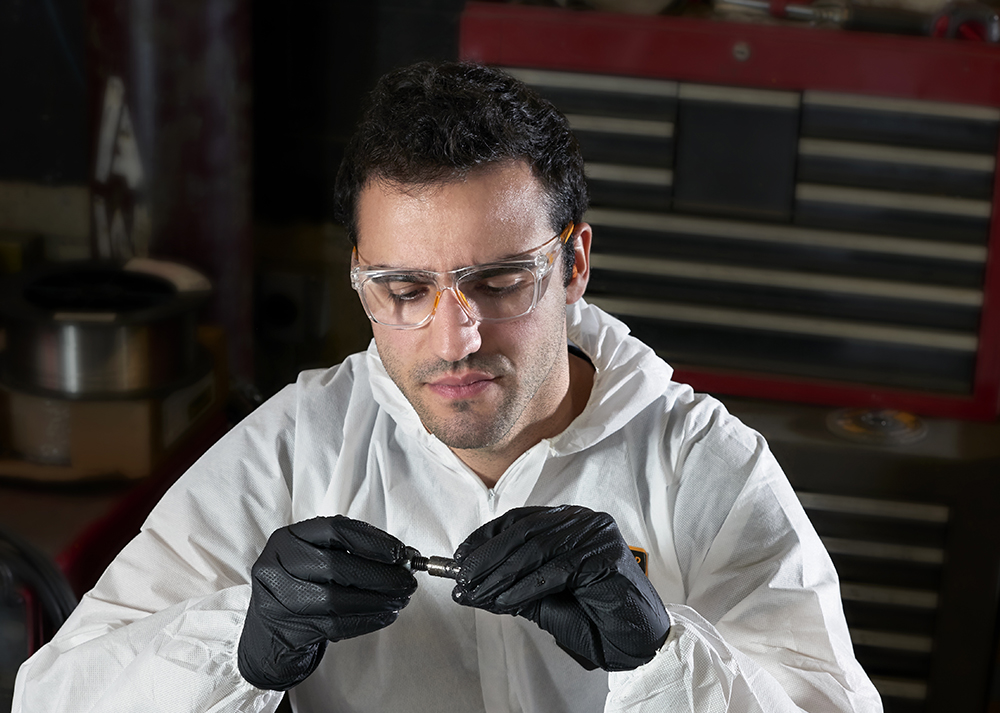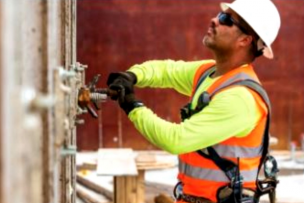Fit and function are critical considerations when designing and manufacturing safety glasses.
But form can’t be overlooked, according to personal protective equipment maker Kimberly-Clark Professional.
“Eyewear is very much chosen based on how people look in it,” says Bill Godfrey, business development manager for safety at the company.
If safety glasses look good, workers are more likely to wear them, which helps businesses overcome a common obstacle with PPE compliance: employees flouting requirements because they don’t like the gear.
Whether their dislike is because of an uncomfortable fit, inadequate functionality or appearance, such behavior exposes them to heightened risk of injury and leaves their employers open to costly regulatory penalties.
The U.S. Occupational Safety and Health Administration, the nation’s top workplace safety regulator, imposed $654,315 in fines—more than half of them on manufacturers—for violations of its protective eyewear rule in the 12 months through September 2022.
Helping customers avert the risky behavior at the root of those penalties is why Kimberly-Clark’s top-selling NemesisTM and MaverickTM models, which were recently upgraded, emphasize style along with state-of-the-art protection from workplace hazards.
The Irving, Texas-based company is boosting the fog-repelling properties of both lines this year, adding its proprietary KleenVisionTM anti-fog coating to new items as existing inventory is depleted.
Fending Off Flying Debris
For the NemesisTM brand, it also introduced the NemesisTM Foam line, which features a detachable foam gasket that can seal the gap between the frame and the wearer’s face.
That gap is all too easy to overlook. Under existing standards, testing to determine whether safety glasses meet OSHA requirements focuses on how well they withstand a direct impact to the lens.
But in many situations—particularly for metalworkers who are cutting and shaping materials—there’s also a risk from hazards targeting workers’ faces at a variety of other angles, Godfrey says.
“Many injuries occur from dust or flying debris getting around the lens,” he explains. “Adding a foam kit to the product gives you enough of a seal to provide protection” in environments where the risk isn’t severe enough to warrant wraparound safety goggles.
“When companies mandate goggles, one of the first complaints is typically, “My goggles are fogging up. What’s worse? Me taking a chance of something flying at me or me not being able to see because of the fog?’” Godfrey says. “Adding a foam kit, we solve for both.”
In a 2022 test of NemesisTM Foam, 81 percent of participants reported that it gave them a sense of enhanced protection without sacrificing comfort, the company says.1






Talk to Us!
Leave a reply
Your email address will not be published. Required fields are marked *